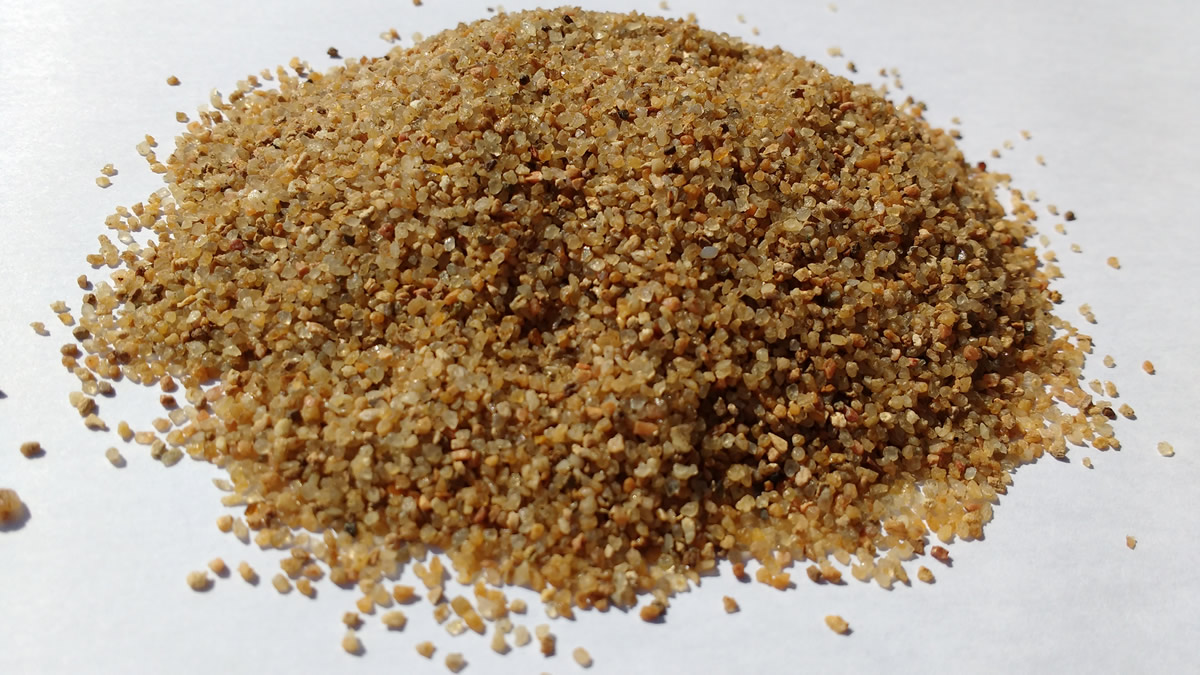CBP Is updating up to a brand new Facial Recognition Algorithm in March
The agency additionally finalized an understanding with NIST to check the algorithm as well as its functional environment for precision and possible biases.
Customs and Border Protection is planning to upgrade the algorithm that is underlying in its facial recognition technology and will also be with the latest from a business awarded the greatest markings for precision in studies done by the nationwide Institute of guidelines and tech.
CBP and NIST additionally joined an understanding to conduct complete testing that is operational of edge agency’s system, that may add a form of the algorithm which has yet become assessed through the criteria agency’s program.
CBP happens to be making use of facial recognition technology to validate the identification of tourists at airports plus some land crossings for many years now, although the precision regarding the underlying algorithm will not be made general public.
The agency is currently using an older version of an algorithm developed by Japan-based NEC Corporation but has plans to upgrade in March at a hearing Thursday of the House Committee on Homeland Security, John Wagner, CBP deputy executive assistant commissioner for the Office of Field Operations, told Congress.
“We are utilising a youthful form of NEC at this time,” Wagner stated. “We’re evaluation NEC-3 right now—which may be the variation which was tested by NIST—and our plan is by using it the following month, in March, to update to that particular one.”
CBP utilizes different versions associated with NEC algorithm at various border crossings. The recognition algorithm, which fits an image against a gallery of images—also referred to as one-to-many matching—is utilized at airports and seaports. This algorithm had been submitted to NIST and garnered the greatest accuracy rating on the list of 189 algorithms tested.
NEC’s verification algorithm—or one-to-one matching—is utilized at land edge crossings and has now yet to be approved by NIST. The distinction is crucial, as NIST discovered a lot higher prices of matching an individual into the incorrect image—or false-positives—in one-to-one verification when compared with one-to-many recognition algorithms.
One-to-one matching differentials that are“false-positive bigger compared to those linked to false-negative and exist across a number of the algorithms tested. False positives might pose a safety concern to your operational system owner, while they may enable usage of imposters,” said Charles Romine, director of NIST’s i . t Laboratory. “Other findings are that false-positives are greater in females compared to guys, and they are greater into the senior while the young when compared with middle-aged adults.”
NIST additionally found greater prices of false positives across non-Caucasian teams, including Asians, African-Americans, Native People in the us, United states Indians, Alaskan Indian and Pacific Islanders, Romine stated.
“In the highest doing algorithms, we don’t note that top article to a level that is statistical of for one-to-many recognition algorithms,” he said. “For the verification algorithms—one-to-one algorithms—we do see proof demographic impacts for African-Americans, for Asians among others.”
Wagner told Congress that CBP’s interior tests have indicated low mistake prices within the 2% to 3per cent range but why these are not recognized as connected to battle, ethnicity or sex.
“CBP’s functional information shows that there surely is which has no quantifiable performance that is differential matching according to demographic facets,” a CBP representative told Nextgov. “In times when a specific cannot be matched because of the facial contrast solution, the in-patient merely presents their travel document for manual examination by the airline agent or CBP officer, just like they might have inked before.”
NIST will undoubtedly be evaluating the mistake prices pertaining to CBP’s system under an understanding involving the two agencies, in accordance with Wagner, whom testified that the memorandum of understanding was indeed finalized to start testing CBP’s system as a entire, which include NEC’s algorithm.
In accordance with Wagner, the NIST partnership includes taking a look at a few facets beyond the mathematics, including “operational variables.”
“Some associated with the operational variables that effect mistake prices, such as for instance gallery size, picture age, photo quality, quantity of pictures for every topic when you look at the gallery, camera quality, lighting, human behavior factors—all effect the precision of this algorithm,” he said.
CBP has attempted to limit these factors whenever possible, Wagner stated, specially the plain things the agency can get a handle on, such as for instance lighting and digital camera quality.
“NIST would not test the precise CBP construct that is operational assess the extra effect these factors could have,” he stated. “Which is excatly why we’ve recently joined into an MOU with NIST to gauge our certain data.”
Through the MOU, NIST plans to test CBP’s algorithms on a basis that is continuing ahead, Romine stated.
“We’ve finalized a recently available MOU with CBP to undertake continued assessment to make certain that we’re doing the top that we could to give the info that they must make sound decisions,” he testified.
The partnership will additionally benefit NIST by offering usage of more real-world information, Romine said.
“There’s strong interest in testing with information that is more representative,” he stated.
Romine stated systems developed in parts of asia had “no such differential in false-positives in one-to-one matching between Asian and Caucasian faces,” suggesting that information sets containing more Asian faces resulted in algorithms which could better identify and distinguish among that cultural team.
“CBP thinks that the December 2019 NIST report supports everything we have observed within our biometric matching operations—that whenever a high-quality face comparison algorithm can be used by having a high-performing digital camera, appropriate illumination, and image quality controls, face matching technology could be extremely accurate,” the representative said.



